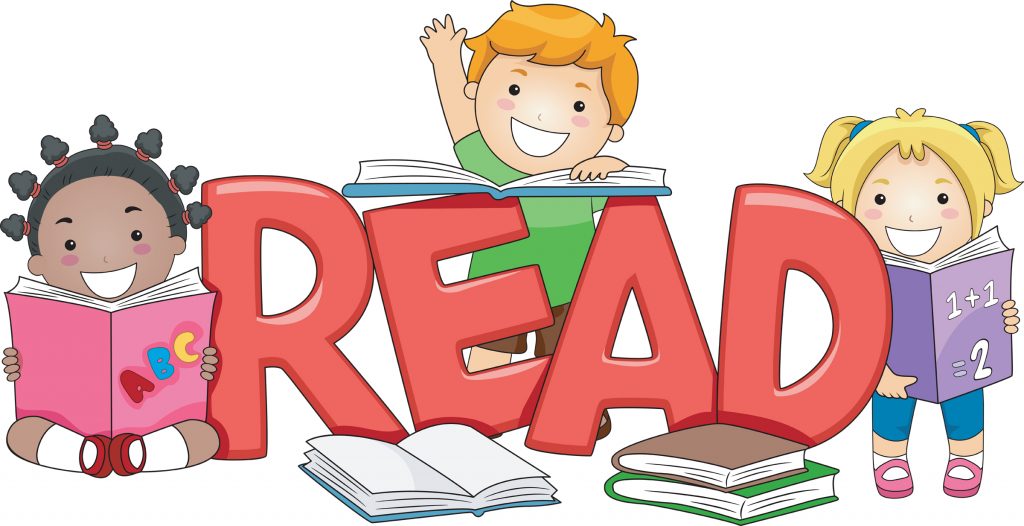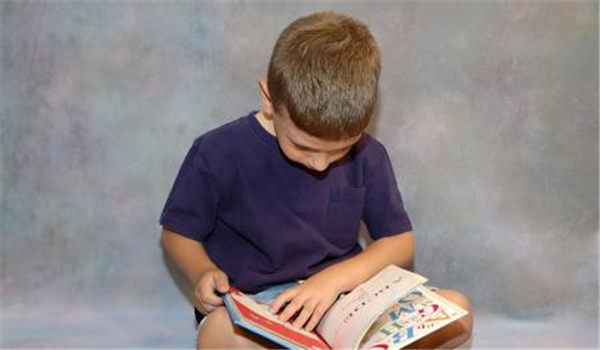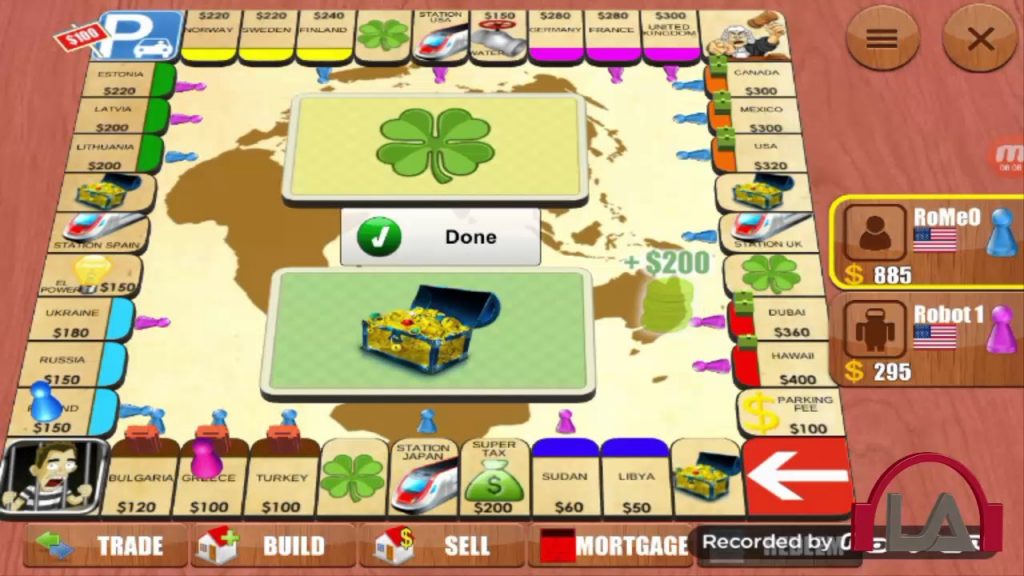The Importance of Reading in Second Language Acquisition
Reading is an essential part of second language acquisition, so it’s a surprise that it’s so often overlooked and that many foreign language curriculums don’t encourage it. For kids taking language courses, like online Chinese lesson, their parents should always try to create a reading environment for them. Learn about what Language to Choose for Second Language Learning?

The Importance of Reading in Second Language Acquisition
Reading, even at a slow pace exposes students to more sentences, grammar, and new vocabulary per minute than the average, short class, TV show, or song. This is why students who read foreign books are able to speak more fluently than students who don’t, despite having done the same amount of classes.
Reading offers students a wider range of vocabulary and grammar, it essentially supports and feeds the brain with the correct language structures. That’s why we at Lingo Bus find reading an essential part of our Chinese language program.

Although reading may be a source of frustration at first, students who make it a ritual to read gain language skills much faster than their counterparts. Teaching through reading allows students to engage with their teacher cultivating a rich learning experience. Many researchers have focused on the positives of why books are an essential part of a language curriculum, especially for kids. This isn’t anything new, going back as early as 1995 researchers Moeller & Meyer researched the positives of using books in early childhood second language acquisition.
They found that since children’s literature makes use of natural language patterns in familiar contexts that the students can relate to, that it helped the students to make connections and recollect those language structures much faster.
Children’s books contain more than just vocabulary, the images provided also help the reader comprehend the meaning without language skills, the images support the text in a mutual relationship. As learning is facilitated by visual cues, reading helps the brain to remember these language structures as the learner will connect an image to the word it represents.

Reading also helps with recall as students will link those grammar structures to past memories involved with book reading, especially if the memories are linked with positive feelings.
We also need to remember that books contain a richer and more refined form of language. Most books have been written, drafted, and re-drafted until they convey the intended meaning. Whereas when using speech, the meaning can be ambiguous in comparison to a written form, as when speaking we don’t take that much time to think before relaying the information. Relying on just spoken forms can lead to a simplified acquisition of language skills, in spoken form we could say “The weather is bad”, but in a written form we could throw in “dreadful, awful, lousy, abominable, etc” the list could go on and on.

This all makes sense if we recap the two main theories of 2LA by researchers Cambourne and Krashen. Cambourne researched and created a list of conditions that make it possible for children to learn a second language (see image one). Whereas Krashen focused more on the theoretical model, and how children learn through two different methods, acquisition (subconscious) and learning.
Creative Ways to Learn a Second Language with Your Child
Of course, learn a new language, for example, like Mandarin Chinese, is quite challenging. If your child is learning another language, and maybe they speak that language better than you. Whether they’re learning at school or taking online language classes, the task of living up to their teacher can seem tough!

But learning a language isn’t just about having a knowledgeable teacher, it’s about having a good environment and strong support network – and lucky for you, you’re just the person to provide these. So read on below to learn about some ways you can be a part of your child’s language learning journey.
Think outside the house:
Whether your child is learning Chinese, French, German, or Spanish, there’s bound to be somewhere around town where your child can get some practice in.
Take them to a Chinese restaurant and buy them their favorite dish – but only if they can place the order in Chinese! This creates both a challenge and a reward, two important parts of a successful lesson. You can take it a step further by putting yourself in the shoes of the clueless tourist, letting your child take the lead in helping you order a dish to your taste using their second language skills.

International grocery stores are also great places to get a bit of extra practice. Imported foods and beverages will usually have ingredient lists in the target language, and lucky for you, your child is there to help you make heads and tails of them. While you’re getting some grocery shopping done, they’re working on their food vocabulary.

If you live in a city with a bustling international community, don’t shy away from Chinatown or Little Italy when running errands, while you get your chores done, the people there are sure to provide some excellent authentic language practice and cultural immersion for your child.
Practicing at home:
If you don’t live in an area with a strong international community, or if getting out of the home isn’t too practical at the moment, no problem! Getting involved in your child’s second language practice at home is a piece of “蛋糕” (cake)!
If you haven’t already done so, buy some (age and level appropriate) television series and movies and watch them with your child. After watching, talk about what you just saw and how you interpret what happened. If you didn’t understand, it’s not a problem; you don’t have to be right! In fact, by making mistakes, whether intentional or not, you’re giving your child an opportunity to correct you and feel empowered by their language abilities.

Game nights are another great way to get involved along with the rest of the family. Many classic board games will have versions targeted at speakers of other languages, and by using them instead of their English-language versions, you’re contributing to a more immersive language learning environment. And since you (probably) already know the rules, you’re not going to struggle too much. As your child becomes more proficient in the language, consider exploring games that are new to you, and let them explain the rules.

You don’t have to be a rockstar teacher or a language master to help your child learn and practice a foreign language. Get creative and use your environment to your advantage, and you’ll be helping them in ways their teachers or online tutors never could. Know any other creative ways to get involved in your child’s language learning? Share with us in the comments below!
A program like Lingo Bus that provides books as part of their curriculum involves learners so that it can meet all of Cambourne’s and Krashen’s conditions. This is all done with the student’s development in mind, as reading is an excellent aid in language acquisition and learning.
Register to Book A Free Chinese Class for Your Child
Copyright Notice: Everyone is welcome to forward the articles in this blog as long as the links to these articles are also included.

